The top 10 lizards brought to you buy a guy who knows about all sorts of things – creepy, crawly, and otherwise.
10. Phrynocephalus
Also called the Toadhead Agama, these small desert-dwelling lizards exhibit several odd behaviors. They communicate to one another by curling and uncurling their tails, vibrate their bodies to bury themselves quickly in sand and will frighten away predators with a set of bizarre-looking, colorful mouth flaps, seen here.

9. Brookesia minima
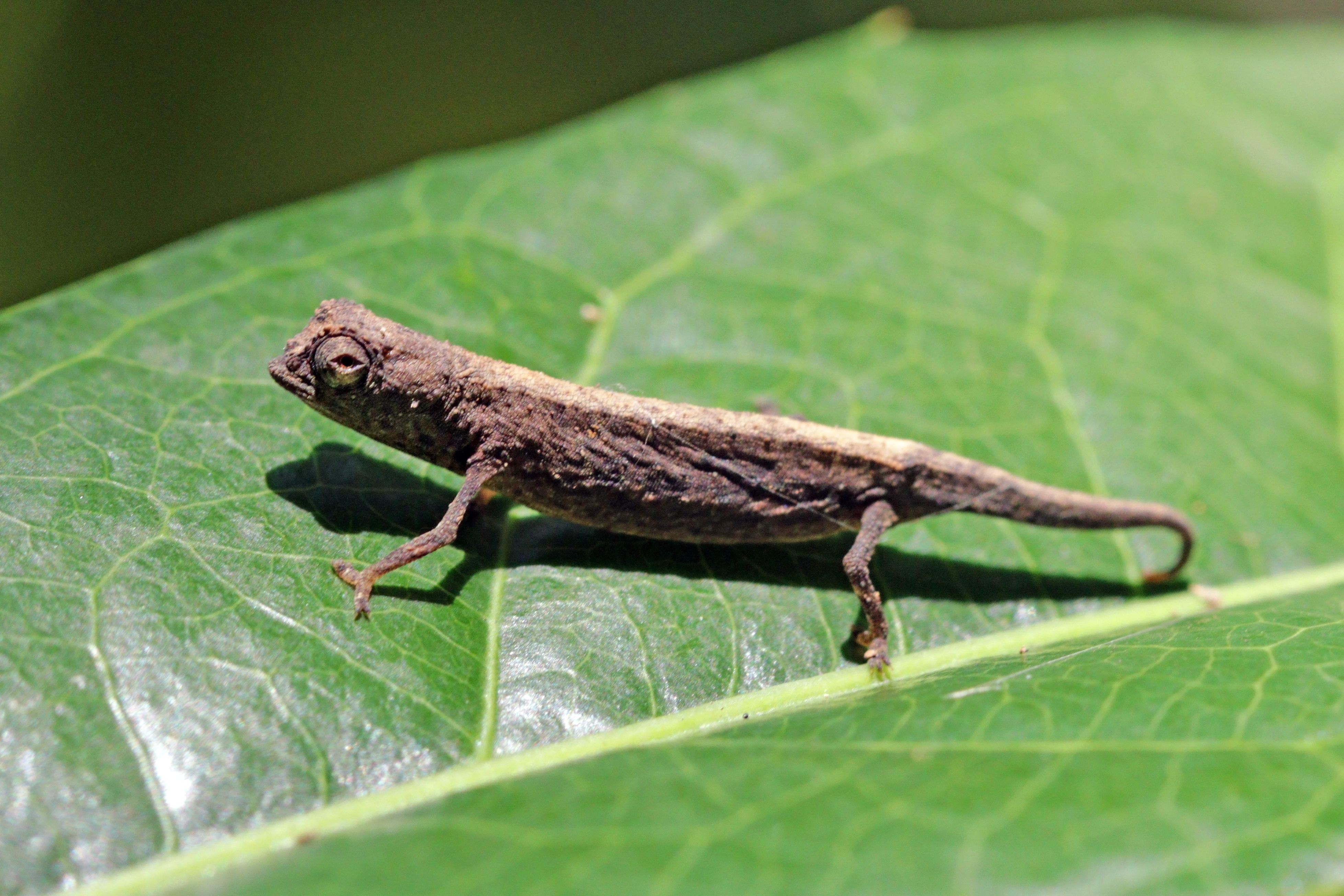
Chameleons are highly unique reptiles to begin with – their toes are fused into lobster-like pincers, their tails are prehensile, they express their moods by changing color, their binocular-like eyeballs move independently of one another and their long tongues famously launch at insect prey like a gooey harpoon gun. Unusual even for a chameleon, however, is Brookesia minima, the dwarf leaf chameleon, certainly one of the tiniest reptiles known to man.
8. Phrynosoma
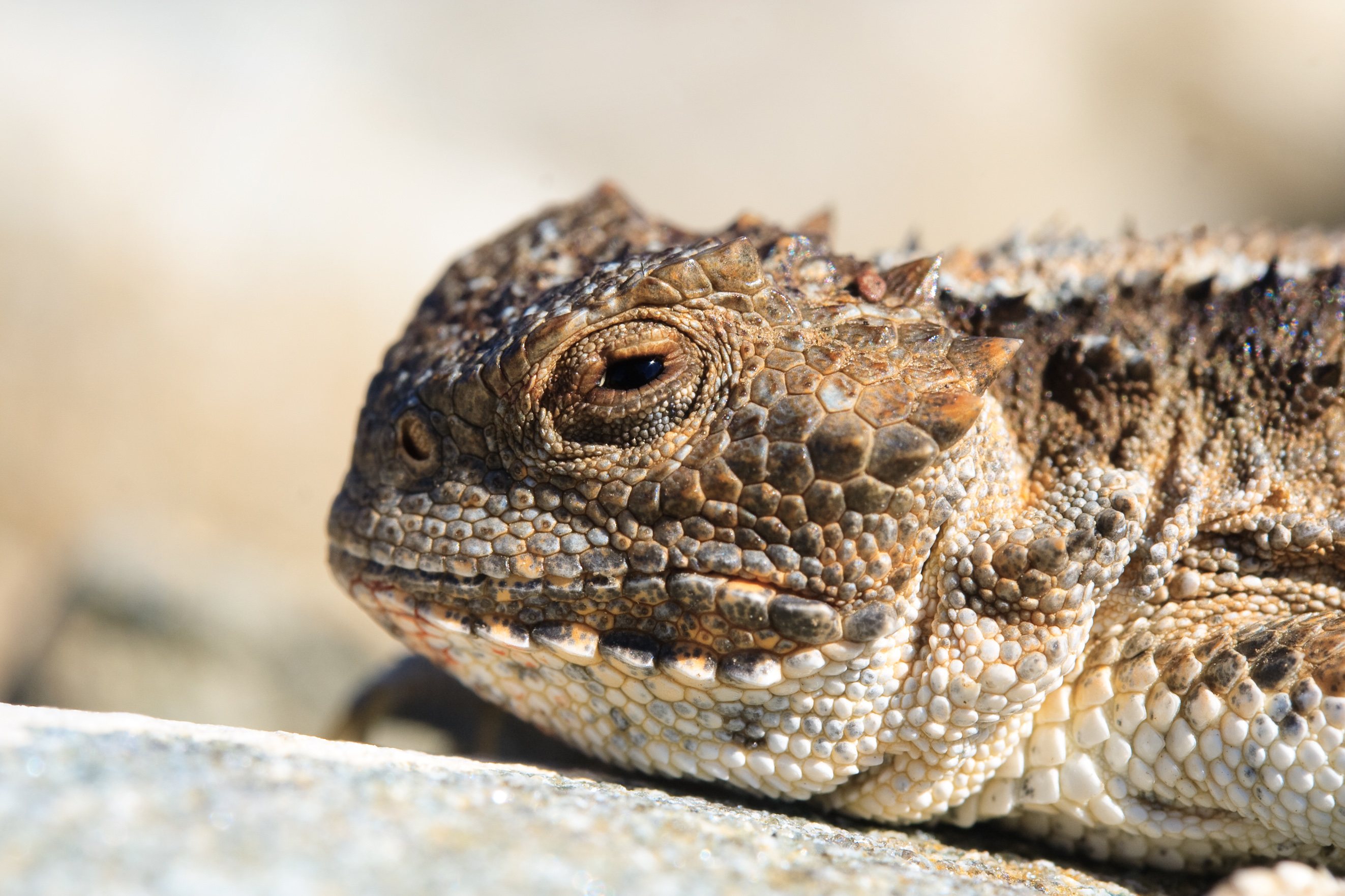
The “horned toad” lizards are names for their blunt, fat bodies and thick covering of protective horns and spines. Inhabiting dry, sandy environments, they feed almost exclusively on ants and boast one of nature’s most gruesome defense mechanisms; when frightened, a few species can build blood pressure in their head until tiny vessels around their eyes are ruptured, squirting streams of blood at the attacker. The foul taste of this blood, likely extracted from the acid in ants, lets mammalian predators know not to waste their time. Unfortunately, birds don’t seem to mind the taste at all.

7. Moloch horridus

Though entirely unrelated to the horned toads, the “thorny devil” lizard or “moloch” has evolved many of the same characteristics in response to its desert environment, including a thorny body, sandy camouflage and a diet of ants. While their thorns make them rather difficult to swallow, predators may not figure this out without taking a few test bites, so a horned knob behind the moloch’s head acts as a less vital “decoy” head.
6. Hydrosaurus pustulatus

Looking like it crawled straight out of the Permian age, the Philippine sailfin lizard is an amphibious omnivore feeding on fruits, nuts insects and other small prey near tropical rivers. Their flattened toes allow small specimens to flee predators by literally running on water, a trait also shared by the “basilisk” or “jesus” lizard. Adult males are known to take on beautiful blue, red or even purple color patterns, which you can see here:
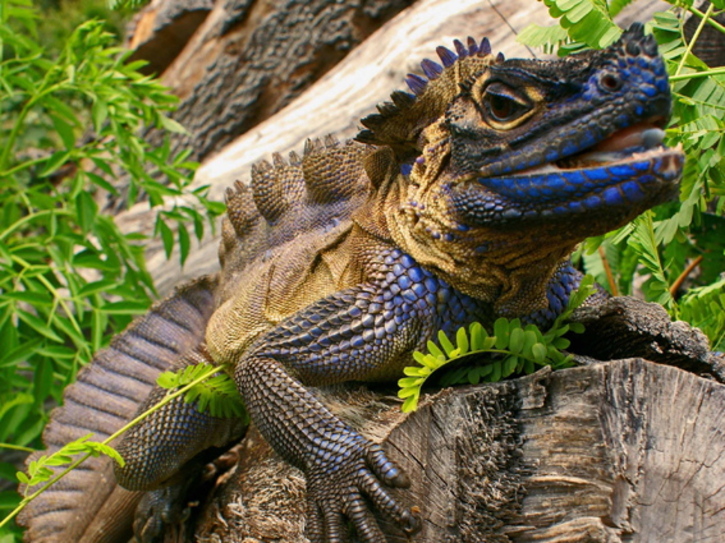
5. Amblyrhynchus cristatus
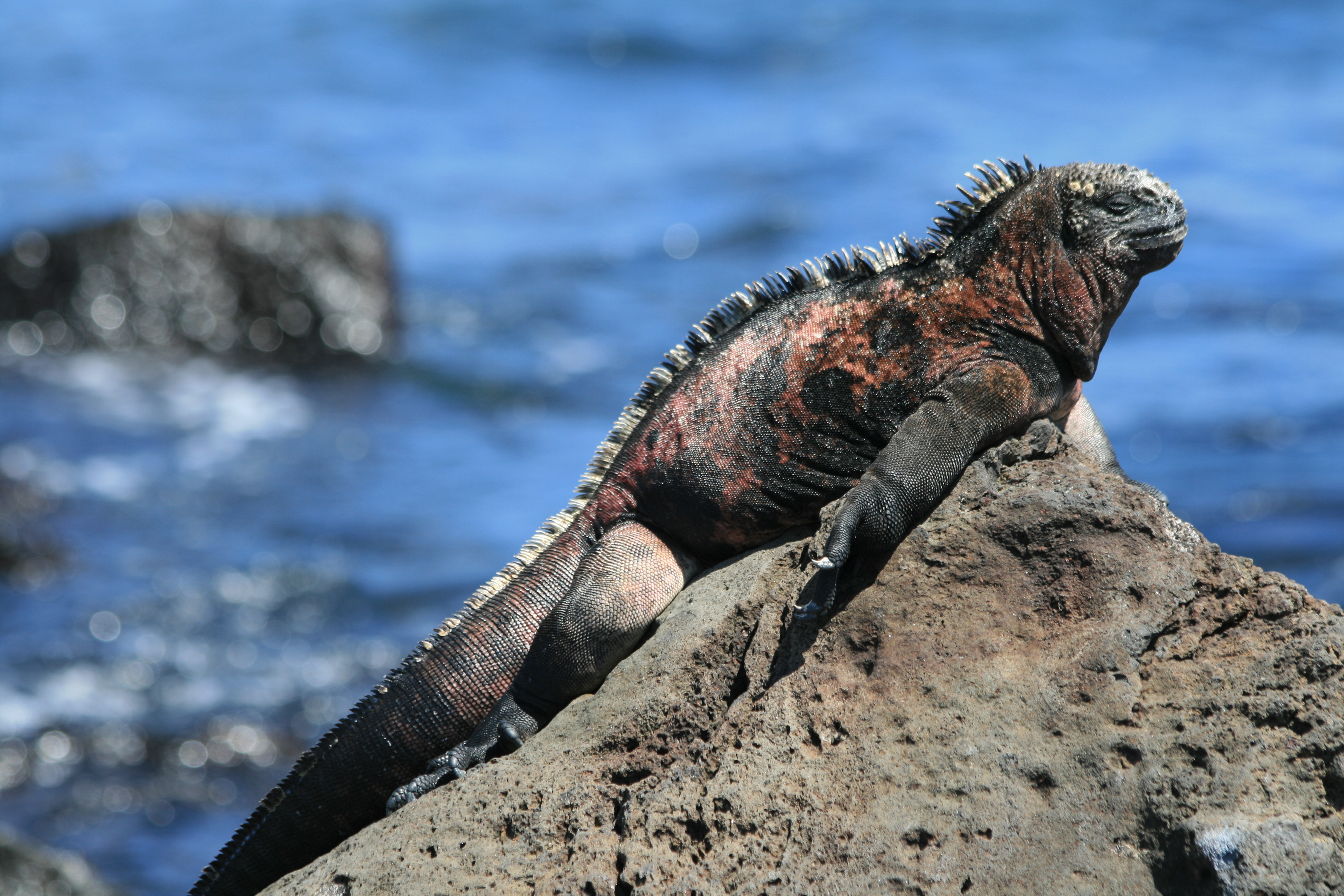
The marine iguanas of the Galapagos islands boast a lifestyle shared by no other reptile; like penguins or sea lions, they spend their entire lives on the shoreline, diving into the water for their food. They live exclusively on a diet of green algae, using their blunt jaws to scrape it from submerged rocks. Charles Darwin was famously repulsed by these animals when he first discovered them, and referred to them in his notes as “imps of darkness.”
4. Flying gecko

Many gecko lizards have the amazing ability to scale any surface – even smooth glass – thanks to microscopic branches in the skin of their toes, clinging velcro-like to materials on a molecular level. About the only thing more amazing would be if they could fly…and several species come pretty close. Flying geckos use their webbed feet, broad tails and flaps of skin to glide from tree to tree, much like the flying squirrel.
3. Heloderma suspectum
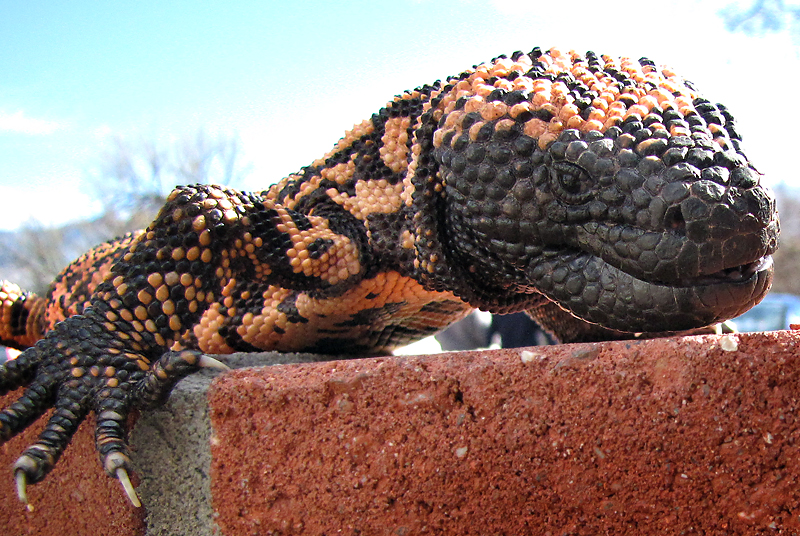
Along with the closely related “beaded lizard,” The Gila Monster was once recognized as one of the world’s only lizards with a venomous bite, delivering a painful neurotoxin through grooves in its tiny, sharp teeth. We now know that many other lizards possess at least trace amounts of a mild venom, but the Gila Monster is still likely one of the most toxic – and its common name is just plain cool.

2. Bipes biporus

The Mexican Mole Lizard or Baja Worm Lizard is technically neither lizard nor snake, but an Amphisbaenian. These strange, burrowing reptiles commonly lack limbs or even eyes, spending their entire lives underground where they hunt worms and insects. B. biporus is unusual among the group for having a very prominent pair of clawed, mole-like front legs…though it still has no hind limbs at all.
1. Varanus komodoensis
The Komodo dragon is the largest carnivorous lizard alive today, sometimes reaching nearly ten feet in length. Though a great deal of their diet includes rotting carrion, they will also stalk live prey as large as deer to deliver a single, stealthy bite, after which they need only wait as the victim wears down from blood loss and infection. Thanks to their carrion diet, their saliva is rich enough in bacteria to seriously weaken prey, and recent studies show that they may also possess venom. In addition, dragons can loosen their jaws, stretch their throats and secrete a lubricating red slime to swallow some corpses completely whole.
3 Comments
The best pic of a Mole Lizard I have seen.
Number 9 is soooooooo cute.
Awesome list. My favorite was number 6, it surely looks a lot like a dinosaur. The flying gecko was awfully cute, too!